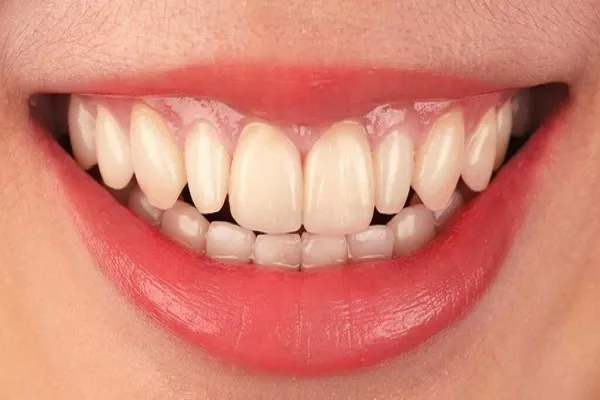When it comes to dental health and orthodontics, there are often misconceptions and questions surrounding various procedures and treatments. One common query that many individuals have is whether wisdom teeth removal should be considered as part of orthodontic treatment. In this article, we will explore this topic in detail, examining the relationship between wisdom teeth removal and orthodontics. We’ll delve into the key aspects and intricacies of both procedures, helping you gain a better understanding of how they relate to one another.
The Role of Wisdom Teeth Removal
1. Wisdom Teeth: A Quick Overview
To fully comprehend the connection between wisdom teeth removal and orthodontics, it’s essential to understand the role of wisdom teeth in our oral health. Wisdom teeth, also known as third molars, typically begin to emerge in late adolescence or early adulthood. They are the final set of molars at the back of the mouth, and in many cases, they can cause a range of dental issues.
2. Dental Issues Associated with Wisdom Teeth
Wisdom teeth often become impacted, meaning they do not have enough room to grow properly. This impaction can lead to a variety of problems, including overcrowding, misalignment, and pain. In severe cases, impacted wisdom teeth can even damage adjacent teeth and compromise overall oral health.
3. Wisdom Teeth Removal Procedure
To address the complications associated with wisdom teeth, dental professionals often recommend their removal. This procedure, known as wisdom teeth extraction, involves a surgical process. Local or general anesthesia is administered, and the dentist or oral surgeon carefully removes the impacted wisdom teeth. The recovery period typically lasts a few days to a week.
The Orthodontic Connection
Now that we’ve covered the basics of wisdom teeth removal, let’s explore how this procedure is related to orthodontics.
1. Orthodontic Treatment Goals
Orthodontics focuses on correcting misaligned teeth and bite issues to achieve a harmonious and functional smile. The primary goals of orthodontic treatment are to:
Straighten misaligned teeth.
Correct bite issues such as overbites, underbites, and crossbites.
Enhance overall oral health and aesthetics.
2. Wisdom Teeth and Orthodontic Treatment
While wisdom teeth removal primarily addresses issues related to the third molars, its impact on orthodontic treatment is indirect but significant. Wisdom teeth can lead to overcrowding and misalignment of adjacent teeth, which are common concerns orthodontists aim to correct.
3. Pre-Orthodontic Considerations
Before commencing orthodontic treatment, many orthodontists recommend addressing any potential issues caused by wisdom teeth. This can involve removing wisdom teeth to create the necessary space for proper tooth alignment and bite correction. Failure to address wisdom teeth concerns before orthodontic treatment could hinder the success of the latter.
4. Timing Matters
The timing of wisdom teeth removal in relation to orthodontic treatment is crucial. Orthodontists often coordinate with oral surgeons to ensure that wisdom teeth are removed at the most opportune moment, aligning with the orthodontic treatment plan.
Conclusion
In summary, while wisdom teeth removal itself is not considered a direct part of orthodontic treatment, it plays a crucial role in ensuring the success and effectiveness of orthodontic procedures. Wisdom teeth can create issues that are closely related to the goals of orthodontics, such as misalignment and overcrowding. Therefore, it is essential to consider the removal of wisdom teeth as a pre-orthodontic step in some cases to create the ideal conditions for successful treatment.
If you are contemplating orthodontic treatment and have concerns about your wisdom teeth, it is advisable to consult with both an orthodontist and an oral surgeon to determine the best course of action. By addressing wisdom teeth issues as part of your overall oral health plan, you can achieve a beautiful, well-aligned smile and optimal oral health.
Related Links:
Does brace change your face shape?
How to clean orthodontic retainers?
Why do dentist put rubber bands between teeth?































